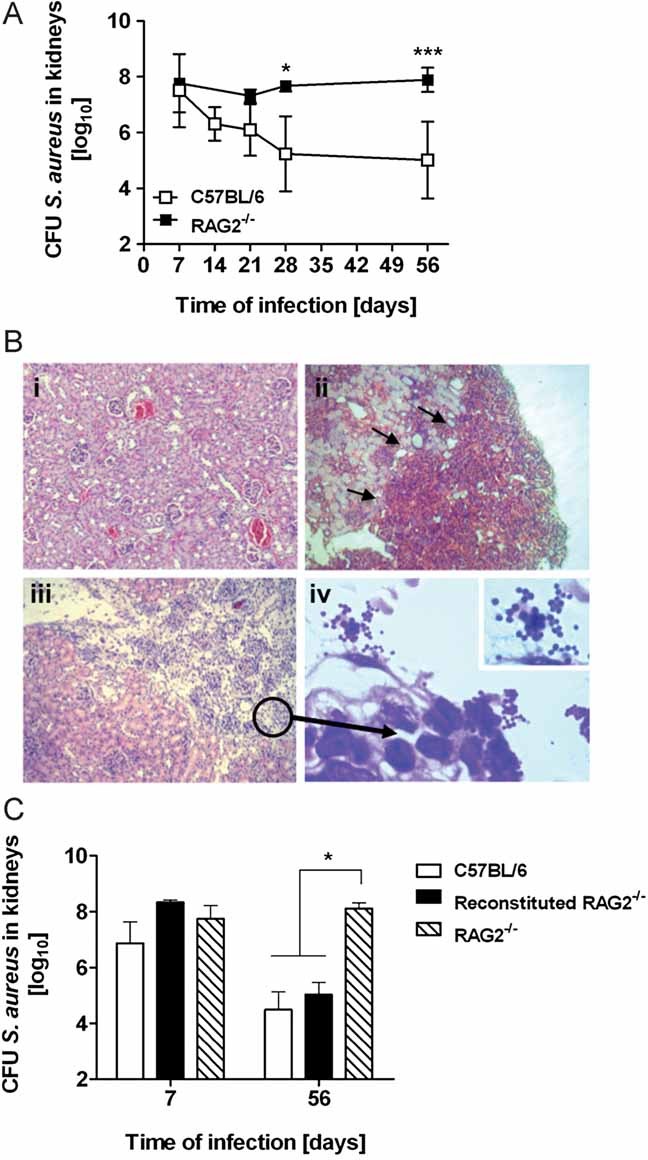Figure 5. Adaptive immune response is required for restraining S. aureus proliferation during persistent infection.

- Course of S. aureus infection in the kidneys of RAG2−/− mice after intravenous inoculation with S. aureus (black symbols). The course of S. aureus infection in the kidneys of immunocompetent C57BL/6 mice (white symbols) is included for comparison. Data points represent the mean ± SD from cohorts of five animals from three independent analyses. *p < 0.05 and ***p < 0.001.
- Histopathological appearance of H&E-stained kidney tissue of S. aureus-infected RAG2−/− mice at day 30 (ii) and 56 (iii and iv) of infection. Note the intense inflammatory infiltrate indicated by arrows (ii), the extended areas of tissue destruction (iii) and the presence of high numbers of staphylococci in (iv). Original magnifications, ×40 (i), (ii) and (iii) and ×100 (iv).
- Adoptive transfer of spleen cells from C57BL/6 donors improves the ability of RAG2−/− to control persistent S. aureus infection. RAG2−/− mice were reconstituted with splenocytes (app. 5 × 107 cells) from C57BL/6 mice and infected with S. aureus 48 h thereafter. Bacterial loads were determined in the kidneys of infected immunocompetent C57BL/6 (white bars), reconstituted mice RAG2−/− (black bars) and RAG2−/− recipient (hatched bars) at days 7 and 56 of infection. Bars represent the mean ± SD of 4–7 mice per group. One representative experiment of three independent experiments is presented. *p < 0.05.
